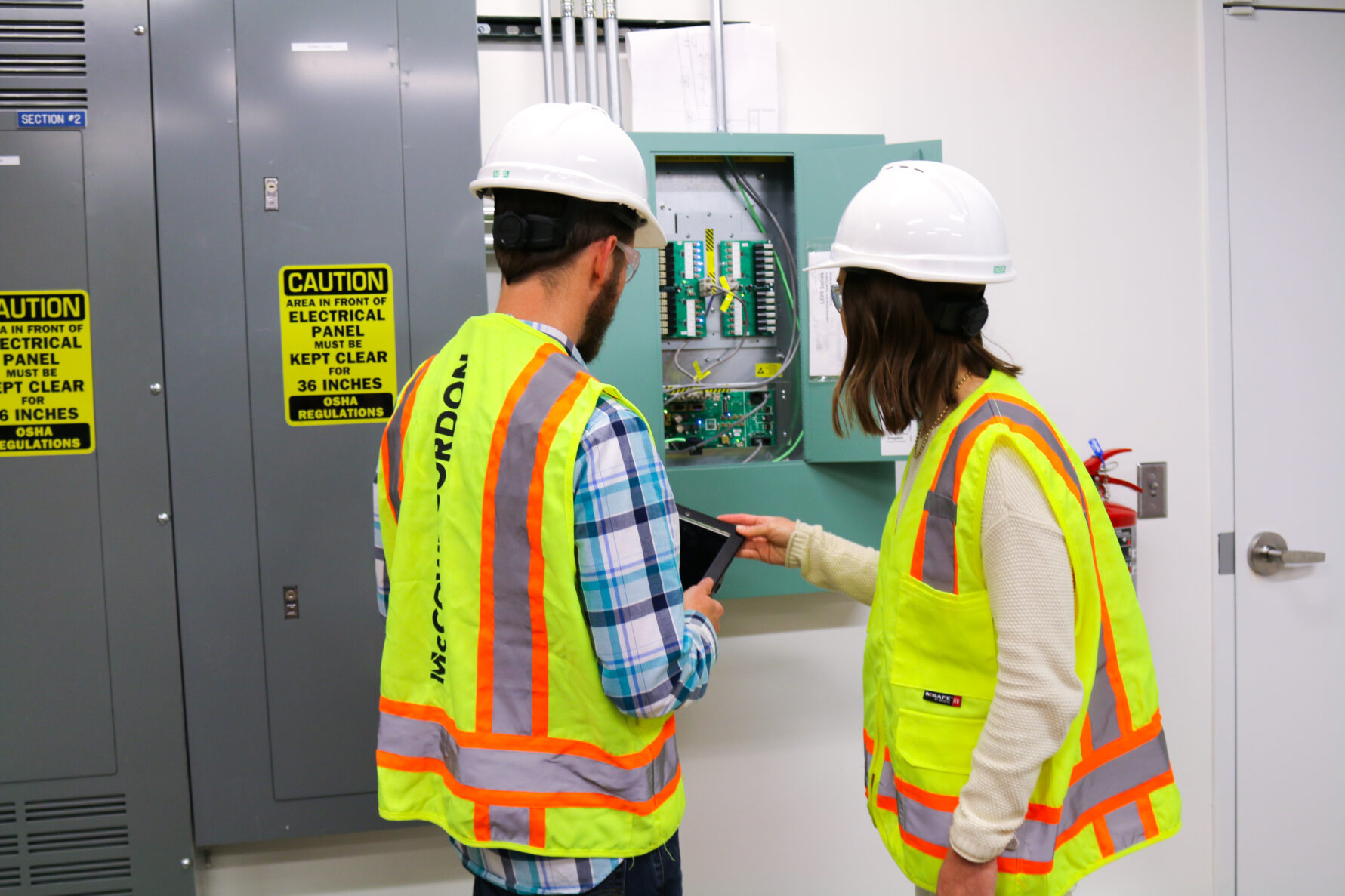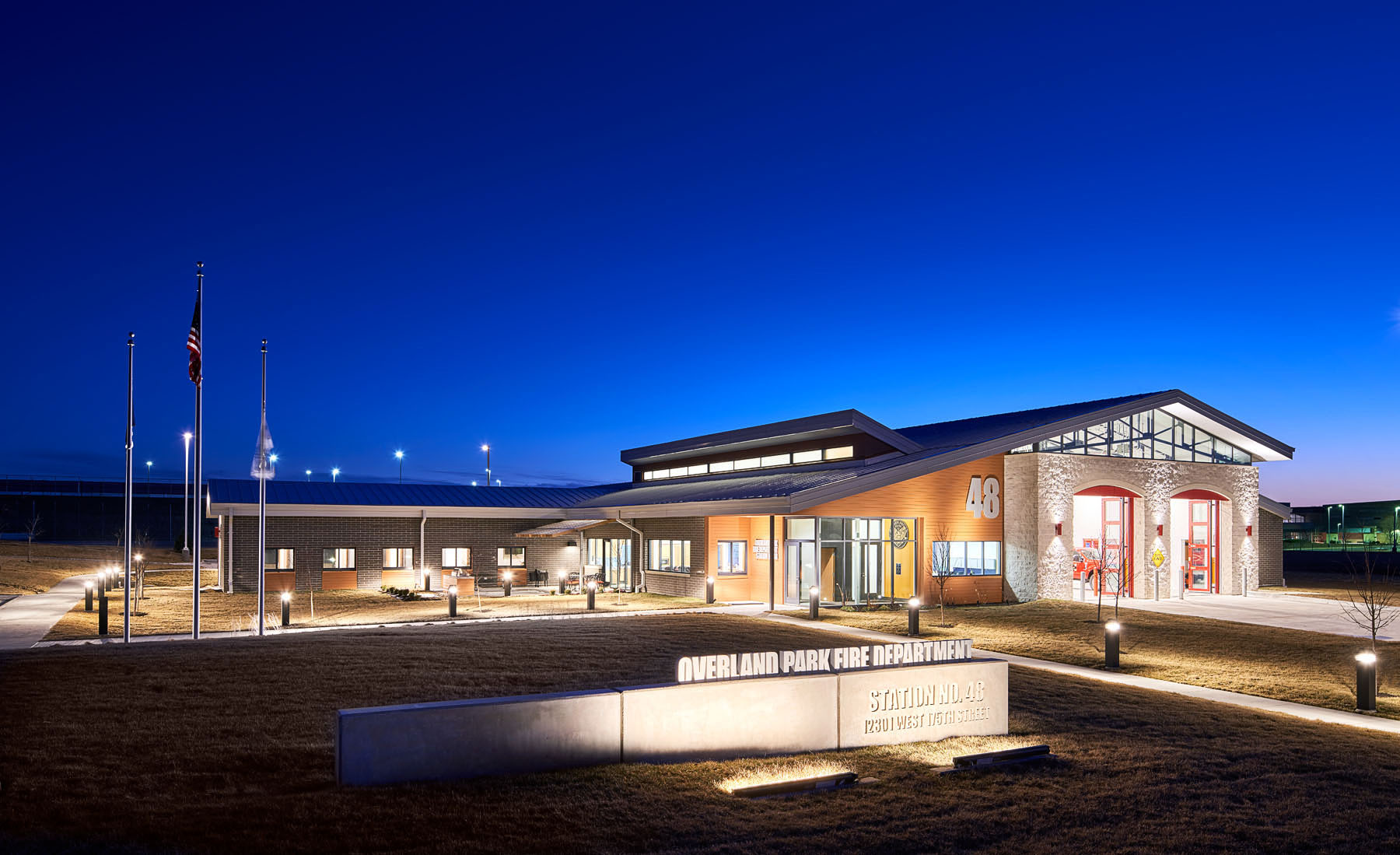The Efficiency Challenge of Modern Buildings
The Power of Retro-Commissioning

According to studies conducted by the U.S. Environmental Protection Agency, Lawrence Berkeley National Laboratory, and the U.S Department of Energy (DOE),the average commercial building wastes 30% of their energy. The root of the energy waste is generally not one cause; it is the combination of hundreds of smaller inefficiencies that go unnoticed in everyday operations: HVAC system design faults, malfunctioning dampers or valves, simultaneous heating and cooling, and/or imprudent temperature control modification.
The Good News:
Thankfully, an easy solution exists to reduce energy waste and the consequent escalating costs –Retro-Commissioning (RCx). RCx is like getting a car tune-up but for your building(s). This process helps to improve how building equipment and systems work together to get the best results. According to Energy Star Building Manual, the average energy savings recovered is 15% and the median payback for RCx is 0.7 years. Despite these results, less than 20% of total commercial buildings use RCx potentially due to lack of awareness or perceived high costs.
The Power of Retro-Commissioning:
Retro-Commissioning is a process designed to reduce building energy loss. The focus is implementing low or no cost energy savings measures emphasizing initiatives that assure a quick simple payback period. When properly executed, this process can dramatically reduce a building’s energy consumption and costs, enhance occupant comfort, and prolong the lifespan of equipment by ensuring systems operate as originally intended or modifying operations to better match the building’s usage.
The Retro-Commissioning Process:
RCx can be broken down into five steps:
- Investigation
Collection and analysis of data on building utility usage, heating and cooling system types & layout, weekly operating hours, and occupancy among others. - Testing
Operating the building equipment and systems through the paces as defined in the sequence of operation to validate sensor calibration and equipment performance. - Analysis
Review of investigation and testing data to pinpoint customized energy efficiency and conservation measures (EEM & ECMs). - Implementation
Putting the Measures in place. - Verification
A report summarizing the Retro-Commissioning efforts, including the optimal operating procedures for commissioned systems and providing future operating staff with the information needed to understand the implemented measures and systems.
The Impact of Retro-Commissioning:
RCx results are undeniable; the process creates consistent energy savings from 10% to 30% have been consistently achieved through the Retro-Commissioning process. RCx is the best and most cost-effective method to reduce energy costs and extend the life of your building. The process creates tangible and beneficial impacts on buildings’ energy footprint, cost savings, occupant comfort, and equipment lifespan. It is a pathway to transforming the invisibility of energy waste in day-to-day operations into a visible, tangible, and impactful solution for the betterment of our buildings, and, ultimately, our planet.
Follow Us
McCownGordon strives to be a thought leader in our industry and provide continuous insight and updates to our clients to ensure we're keeping up with the latest technology and safety standards and regulations.
Sign Up



